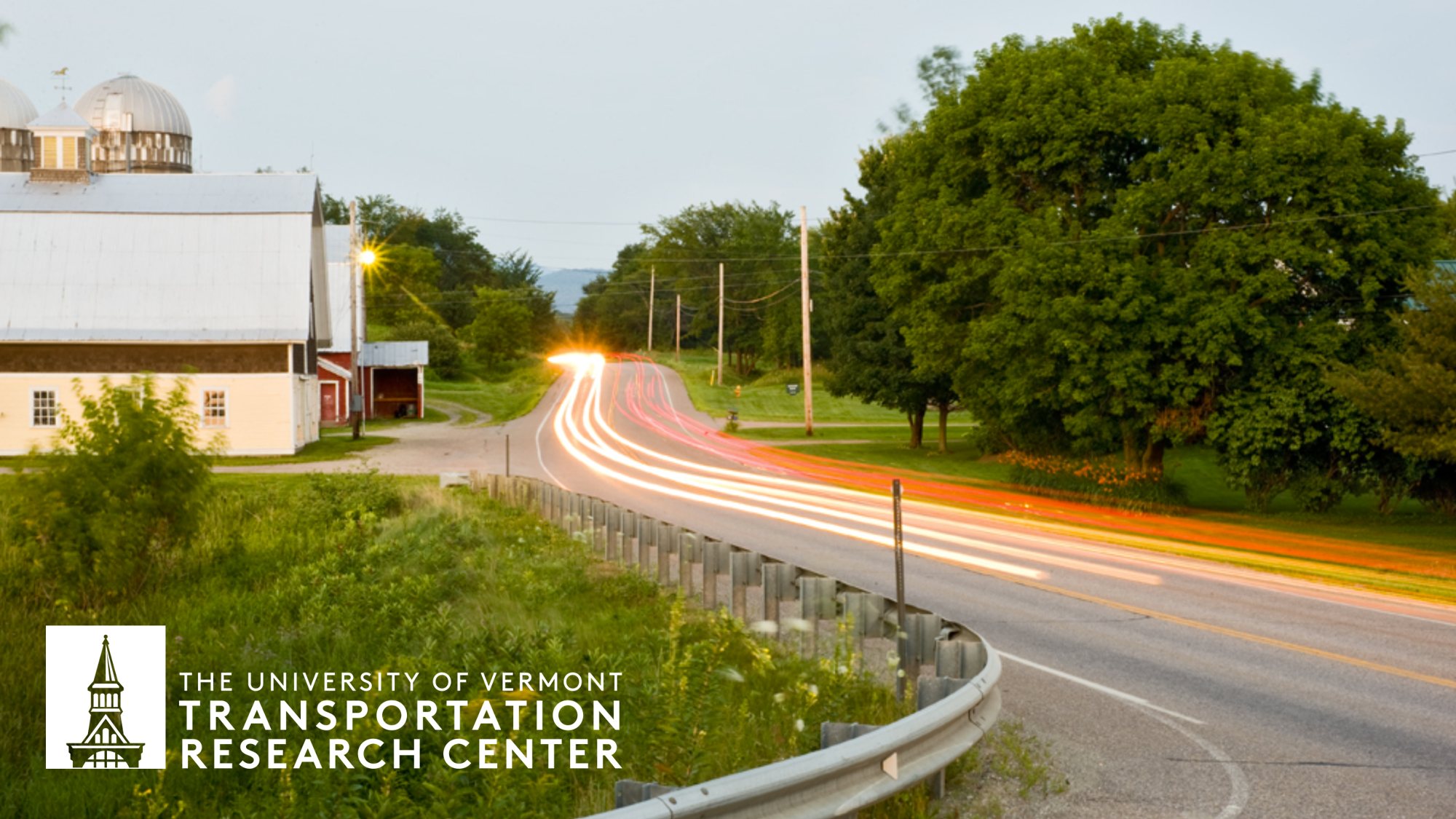
University of Vermont Transportation Research Center
Document Type
Report
Publication Date
3-23-2023
Abstract
Ensuring the safety of pedestrians and cyclists in rural and small communities is becoming increasingly important as planners seek to encourage active travel and eliminate traffic-related injuries and fatalities, consistent with Vision Zero. One area of focus is the protection of vulnerable road users such as pedestrians, who face a significant risk of injury or death in a traffic collision. The risks to pedestrians are particularly high when crossing roadways in high-risk areas such as high-speed and low pedestrian-volume rural roads and between intersections where drivers may not expect them. One concern in rural communities is that pedestrians may face a heightened risk in rural transition zones as they approach the boundary of a city, town, or village from a higher-speed rural highway. In these settings drivers’ perceptions may lag behind their changing surroundings, and their awareness of reduced speed limits and the presence of pedestrians may be diminished.
This report addresses the need to evaluate the effectiveness of RRFBs in rural and small communities. We first review prior literature on RRFB effectiveness to synthesize research insights that provide contextspecific guidance for their use as well as gaps in this literature. To supplement this body of research, we use a rigorous observational research design to evaluate the effectiveness of RRFBs within the unique context of small and rural communities in Vermont. Our results are used to provide recommendations for updating Vermont's RRFB guidelines.
Recommended Citation
Rowangould, D., J. Sullivan, and P. Pezeshknejad. (2023) Effectiveness of Rectangular Rapid Flashing Beacons (RRFBs) in Small and Rural Communities. Prepared by the University of Vermont Transportation Research Center for the Vermont Agency of Transportation.

